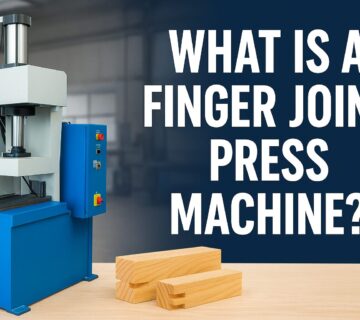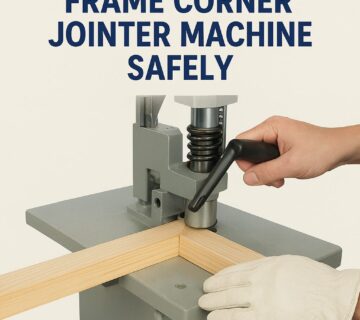Exploring the Uses and Benefits of Sliding Table Saw Machines
A sliding table saw machine is a versatile and powerful tool designed to enhance efficiency and precision in woodworking and related industries. Whether you’re a furniture maker, carpenter, or craftsman, this machine simplifies complex cutting tasks and delivers professional-quality results. In this blog, we’ll explore the uses, benefits, and applications of sliding table saw machines and how they can transform woodworking processes.
What is a Sliding Table Saw Machine?
A sliding table saw machine is a specialized woodworking tool equipped with a movable table that slides along a track parallel to the blade. This sliding mechanism allows for smoother, more precise cutting of large or heavy panels, such as plywood, MDF, or solid wood. It is an essential tool in workshops where precision and productivity are critical.
Key Uses of Sliding Table Saw Machines
- Straight and Accurate Cutting
- Sliding table saws excel at making straight cuts on large panels or sheets. The sliding mechanism ensures that materials are fed evenly into the blade, reducing errors.
- Applications:
- Cutting large plywood or MDF boards
- Producing straight edges for furniture components
- Cross-Cutting and Rip-Cutting
- These machines can handle both cross-cutting (cutting across the grain) and rip-cutting (cutting along the grain) with ease, making them versatile for a variety of projects.
- Applications:
- Preparing timber for framing or paneling
- Cutting boards to size for furniture
- Angled and Bevel Cuts
- Many sliding table saws come with adjustable blades or tables that allow for angled or bevel cuts. This is ideal for creating decorative edges or joining components at precise angles.
- Applications:
- Making miter joints for frames
- Creating beveled edges for design elements
- Cutting Laminates and Veneers
- Sliding table saws can cut delicate materials like laminates and veneers without causing chipping or splintering, thanks to their precision blades and stable table movement.
- Applications:
- Producing decorative laminate panels
- Cutting veneer sheets for furniture finishing
- Processing Composite Materials
- In addition to wood, sliding table saws can handle a variety of composite materials, such as particleboard, fiberboard, and even some plastics.
- Applications:
- Cutting composite boards for modular furniture
- Preparing plastic sheets for industrial use
- Panel Cutting for Cabinetry
- Sliding table saws are a staple in cabinet-making workshops. Their ability to handle large panels with precision makes them ideal for creating cabinet doors, shelves, and frames.
- Applications:
- Crafting custom cabinetry
- Cutting shelves for wardrobes and storage units
Benefits of Using a Sliding Table Saw Machine
- Precision and Accuracy
- The sliding mechanism ensures consistent and accurate cuts, even on large or heavy materials.
- Time Efficiency
- Sliding table saws reduce the time required for manual adjustments and cutting, allowing for faster completion of projects.
- Ease of Handling Large Panels
- The sliding table makes it easier to cut large panels or sheets without the need for additional support, improving safety and convenience.
- Versatility
- From straight cuts to complex angles, sliding table saws can handle a wide range of cutting tasks, making them a versatile addition to any workshop.
- Reduced Material Waste
- Precise cutting minimizes errors and material waste, saving costs in the long run.
- Improved Safety
- Many sliding table saws come with safety features, such as blade guards and anti-kickback mechanisms, to protect operators during use.
Industries and Applications
- Furniture Manufacturing
- Sliding table saws are indispensable in furniture workshops for cutting components with precision.
- Cabinetry and Joinery
- These machines are widely used for creating custom cabinets, doors, and shelves.
- Interior Design and Décor
- Sliding table saws help produce decorative panels, moldings, and other design elements.
- Construction and Carpentry
- Builders and carpenters use sliding table saws for cutting wood and composite materials to size for construction projects.
- Industrial Manufacturing
- In industries dealing with composite materials or plastics, sliding table saws ensure precision cutting for mass production.
How to Choose the Right Sliding Table Saw Machine
When selecting a sliding table saw, consider the following factors:
- Cutting Capacity: Ensure the machine can handle the size and thickness of your materials.
- Blade Options: Look for adjustable blades to accommodate different cutting needs.
- Durability: Choose a machine with a sturdy build and reliable components for long-term use.
- Safety Features: Ensure the saw includes safety mechanisms like blade guards and emergency stops.
- Ease of Use: Opt for a user-friendly design with intuitive controls and easy adjustments

